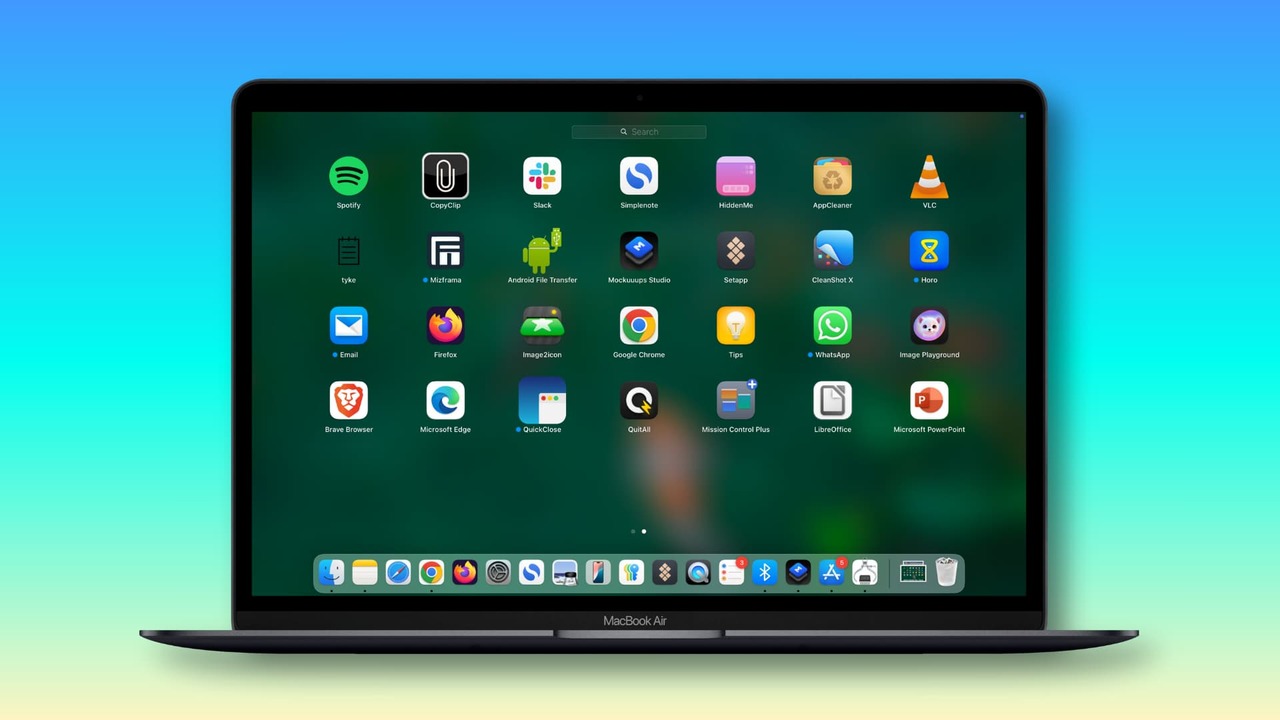For many years, macOS malware wasn’t considered a serious threat. Its low market share made Macs an unattractive target for attackers. But things are different now. Today, Macs are one of the most popular brands in the personal computer market, and their premium user base has made them an attractive target for hackers.
So, are your Mac’s built-in security measures enough to protect you, or do you need additional third-party antivirus software? Macworld conducted a comprehensive test to find out.
macOS Firewall Tested: What Do the Results Show?
Two key factors protect Macs from malware: its small market share and macOS’s robust built-in security measures. However, the number of Mac malware targets has increased significantly.

The test analyzed a standard installation of macOS 15.6.1 by adding more than 130 known malware samples from the nonprofit Objective-See Foundation.
During testing, users were able to install Trojans, MacSecurity suites that create background functions, and fake apps (like LamePyre) that request audio/video recording permissions by granting permissions and ignoring warnings. There were even instances where the browser’s homepage was hijacked and redirected to a site selling Viagra.
But the key point here is this: macOS protects against nearly all malware on the market, as long as the user pays attention to the warnings.
Is Antivirus Necessary for MacBooks?
Tests show that macOS’s built-in protections are sufficient for most users. Apple’s security measures block or quarantine the most common malware and do an excellent job of alerting suspicious software before it can cause harm.
Recommendation for the General Mac User:
Mostly download from the Mac App Store.
Only download from trusted developers.
Heed Apple’s security warnings during installation.
If you fit this user profile, macOS’s built-in protections are generally sufficient to keep you safe. All you have to do is ignore the warnings and don’t insist on granting permissions.













